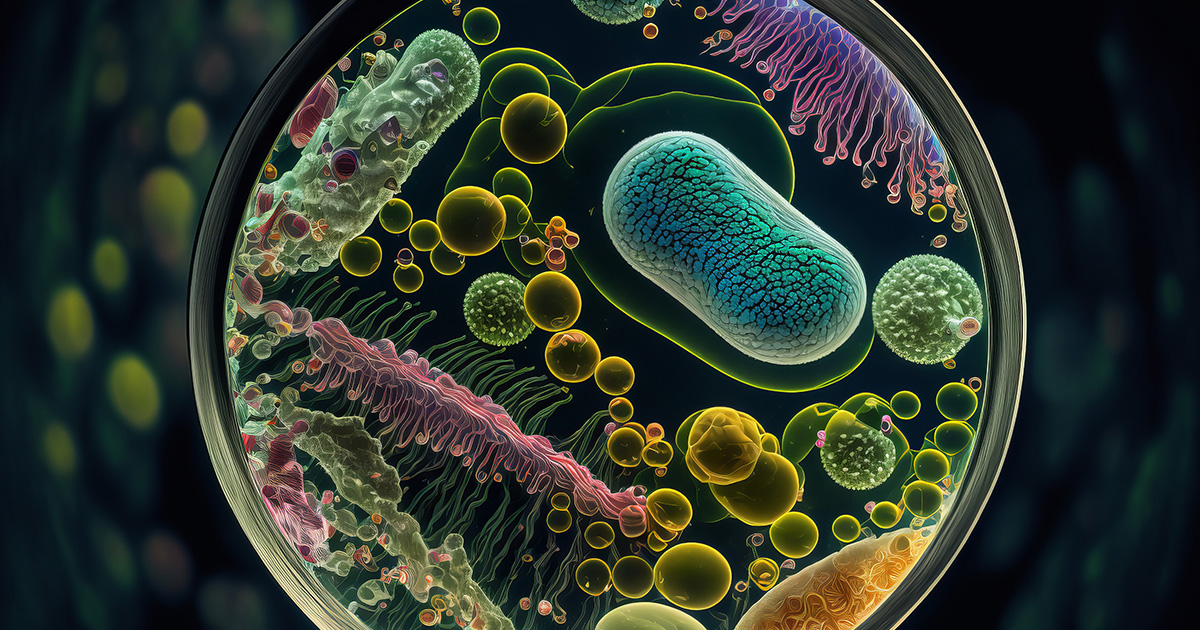In the vast microscopic world of pathogens, viruses and bacteria stand out as distinct entities, each with its unique characteristics and implications. Understanding these differences is crucial for various fields, from microbiology to healthcare. Let’s delve into the intricate details that set viruses apart from bacteria.
Introduction
In this article, we will explore the fascinating realms of viruses and bacteria, highlighting their diverse structures, behaviors, and impacts on human health. By the end, you’ll gain a comprehensive understanding of how these microscopic entities differ and their significance in the grand tapestry of life.
Characteristics of Viruses
Viruses, unlike bacteria, lack cellular structures. They consist of genetic material, either DNA or RNA, surrounded by a protein coat called a capsid. Some viruses may also have an outer envelope. Reproduction for viruses is entirely dependent on host cells, hijacking their cellular machinery to replicate and produce new viral particles.
Characteristics of Bacteria
Bacteria, on the other hand, are single-celled organisms with a cell wall and membrane-bound organelles. They reproduce independently through binary fission, a process where a single bacterium splits into two identical cells. Unlike viruses, bacteria are free-living organisms capable of surviving in various environments.
Size and Shape Differences
Microscopic examination reveals significant differences in size and shape between viruses and bacteria. Viruses are much smaller, often requiring an electron microscope for proper visualization. Bacteria, on the contrary, exhibit diverse shapes, including spheres (cocci), rods (bacilli), and spirals.
Genetic Material
The genetic material in viruses can be either DNA or RNA, while bacteria exclusively contain DNA. This genetic diversity contributes to the adaptability and evolution of both viruses and bacteria.
Mode of Infection
Viruses attach to host cells, inject their genetic material, and take over the cellular machinery for replication. Bacteria invade tissues and can produce toxins, leading to various infections.
Human Impact
Viruses are responsible for numerous diseases, such as the flu, COVID-19, and common colds. Bacteria cause infections like strep throat, urinary tract infections, and pneumonia. Understanding the differences aids in developing effective treatments.
Notable Examples
Prominent viruses include the Influenza virus and the Human Immunodeficiency Virus (HIV). Common bacteria include Escherichia coli (E. coli) and Staphylococcus aureus.
Evolutionary Aspects
Both viruses and bacteria undergo evolutionary processes, adapting to environmental changes. Understanding their evolution is crucial for predicting future patterns and developing effective countermeasures.
Misconceptions
Dispelling myths about viruses and bacteria is essential for informed decision-making. Scientific evidence refutes common misconceptions, promoting accurate knowledge.
Coexistence in Nature
Viruses and bacteria play vital roles in natural ecosystems. They engage in symbiotic relationships, influencing nutrient cycles and ecological balances.
Current Research and Discoveries
Advancements in virology and bacterial studies contribute to medical breakthroughs, expanding our understanding of these microscopic entities.
Future Implications
Ongoing research holds promise for innovative applications in medicine and technology, potentially revolutionizing healthcare practices.
The Role of Microbiology in Healthcare
Microbiological knowledge is indispensable for healthcare professionals in preventing, diagnosing, and treating infections. Understanding the nuances of viruses and bacteria enhances patient care and public health strategies.
Conclusion
In conclusion, the differences between viruses and bacteria are vast and nuanced. By unraveling these complexities, scientists pave the way for groundbreaking discoveries and advancements in medicine and technology. As we continue to explore the microscopic world, our understanding deepens, opening new possibilities for the future.
FAQs
Can antibiotics treat viral infections?
No, antibiotics are ineffective against viral infections. They only work on bacterial infections.
How do vaccines target viruses and bacteria differently?
Vaccines stimulate the immune system to recognize and fight specific viruses or bacteria, providing immunity.
Are all viruses harmful to humans?
No, some viruses are harmless or even beneficial to humans. Only a subset causes diseases.
What role do viruses and bacteria play in the ecosystem?
They contribute to nutrient cycles, ecological balances, and symbiotic relationships, shaping natural ecosystems.
Is it possible for viruses and bacteria to evolve resistance to treatments?
Yes, both viruses and bacteria can evolve to resist treatments, emphasizing the need for ongoing research and development.







































